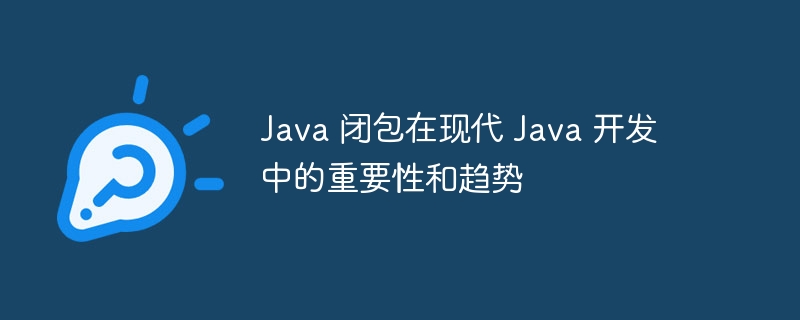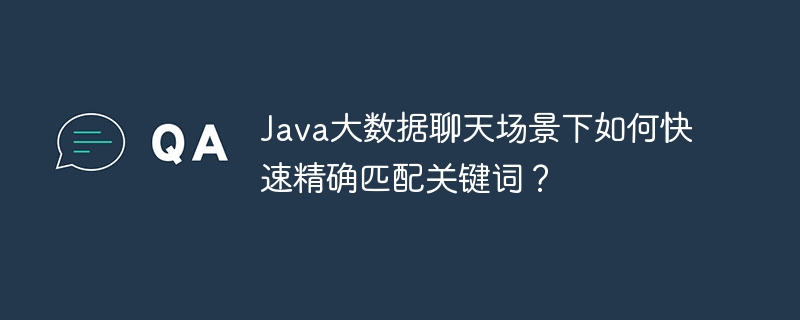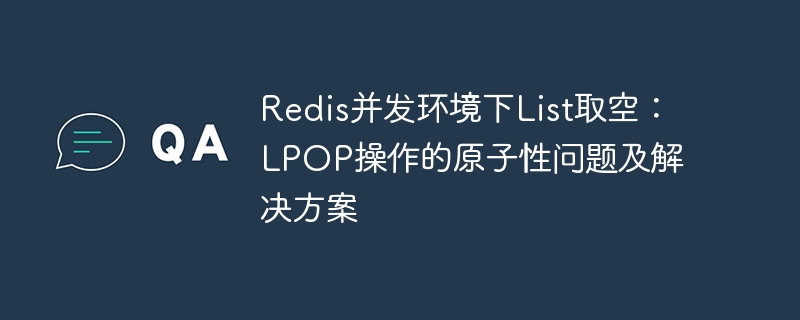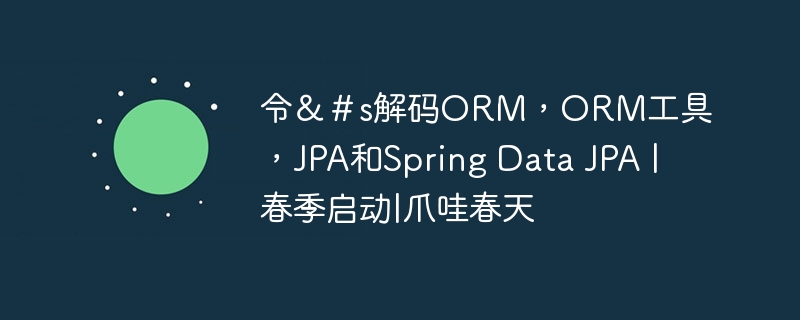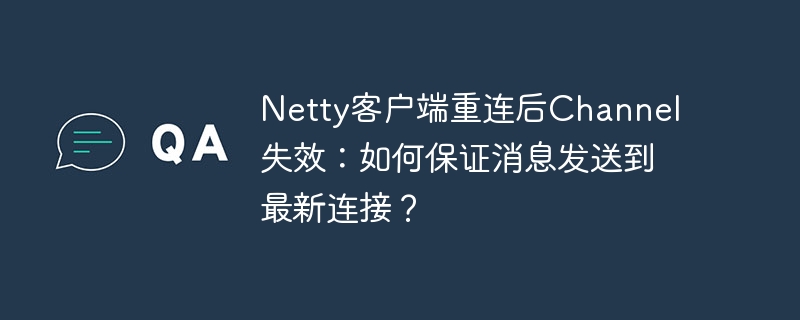
Netty客户端重连:解决Channel失效问题
在Netty客户端开发中,断线重连是常见需求。本文分析并解决一个Netty客户端重连后无法使用最新Channel的问题:客户端成功重连,但发送消息时仍使用旧Channel,导致消息发送失败。
问题根源在于多线程环境下对ChannelFuture的并发访问。初始代码可能使用volatile关键字修饰ChannelFuture变量,但volatile仅保证可见性,无法保证原子性。使用synchronized也无法完全解决问题,因为它只能同步init()方法,无法保证send()方法始终获取最新ChannelFuture。
解决方案:使用AtomicReference
为了线程安全地管理ChannelFuture,最佳方案是使用AtomicReference。AtomicReference是原子引用类,保证对引用的原子性操作。
修改后的代码片段如下:
private AtomicReferencechannelFutureRef = new AtomicReference<>(); // ... 其他代码 ... this.channelFutureRef.set(bootstrap.connect("127.0.0.1", 6666)); // ... 其他代码 ... public void send(String msg) { try { ChannelFuture channelFuture = channelFutureRef.get(); if (channelFuture != null && channelFuture.channel().isActive()) { channelFuture.channel().writeAndFlush(Unpooled.copiedBuffer(msg, CharsetUtil.UTF_8)); } else { // 处理ChannelFuture为空或inactive的情况 log.error("Channel is null or inactive."); } } catch (Exception e) { log.error(this.getClass().getName().concat(".send has error"), e); } }
通过AtomicReference,init()方法使用set()方法更新引用,send()方法使用get()方法获取最新引用,确保了线程安全,解决了重连后消息发送失败的问题。 这避免了因不当选择成员变量或类变量而导致的并发问题,并利用原子引用类保证了对ChannelFuture的线程安全访问。


